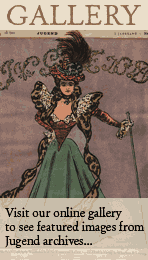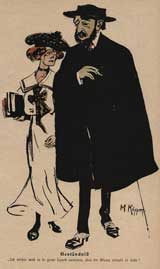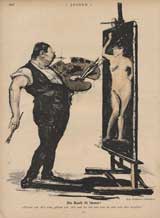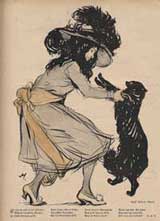Jugend : A Primer
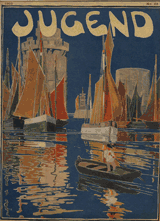 Europe in the second half of the 19th century was a Petri dish for art and culture. New ideas, new ways of doing things, and real prosperity for the new middle class led to the beginnings of numerous musical, literary, and artistic movements.
Europe in the second half of the 19th century was a Petri dish for art and culture. New ideas, new ways of doing things, and real prosperity for the new middle class led to the beginnings of numerous musical, literary, and artistic movements.
In Germany, literature and art movements were fused in Jugend. This cultural weekly soon became a style-setting icon that launched the German art nouveau movement, quickly named Jugendstil after the magazine: in the style of Jugend.
Today, the word is still used by German graphic designers and by collectors who look for the uniquely German arts and crafts that came from this period.
Jugendstil uses precise and hard edges, very different from other more naturalistic styles at the time, and held styles that differed between artists. But most typical of Jugenstil was the typography, hand-lettered fonts that heavily influenced computer and graphic design fonts used today.
In Jugend, the fusion of a font style with an image style as a style hallmark of a publication was used brilliantly. Their methods still influence advertising and publication art throughout the world.



